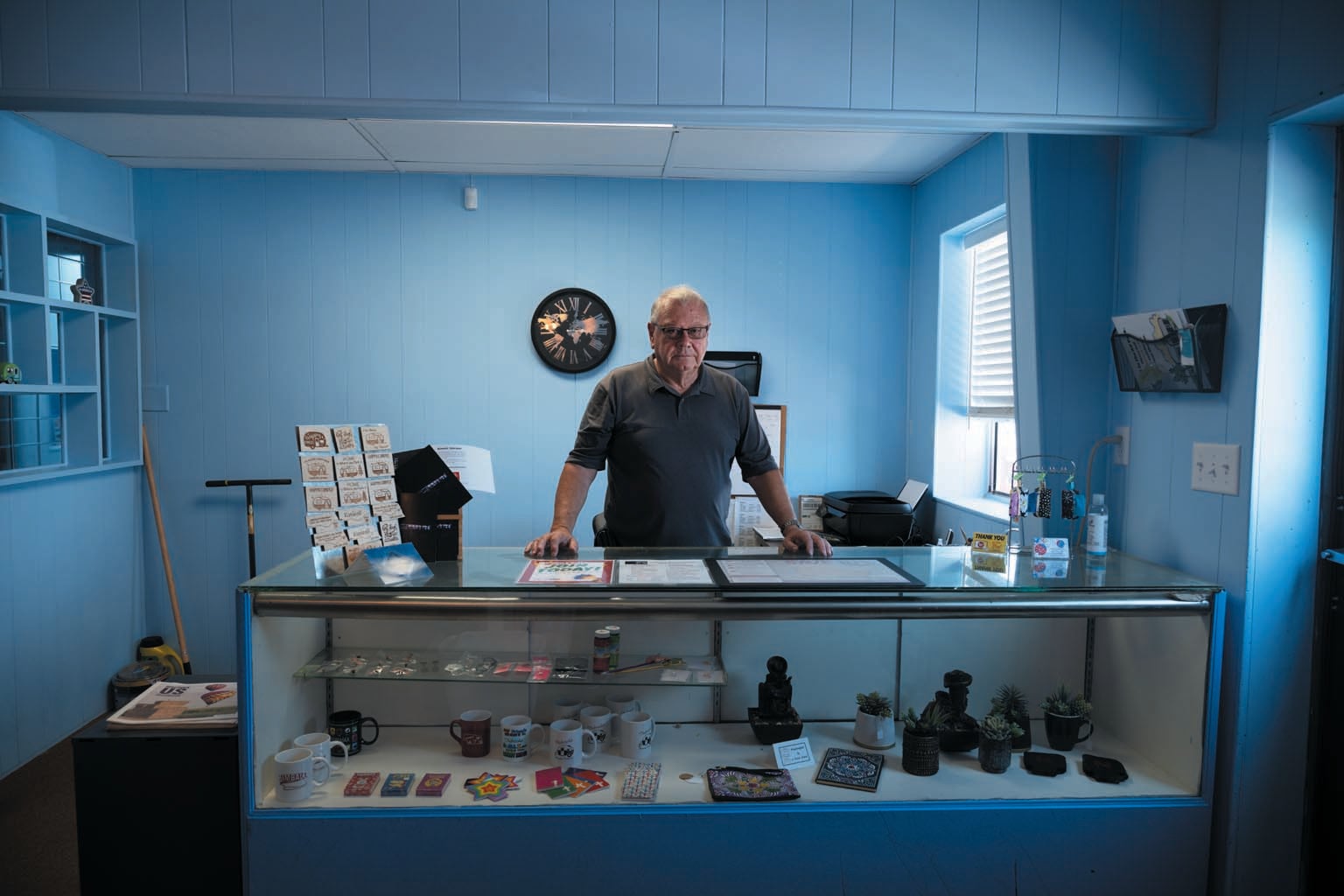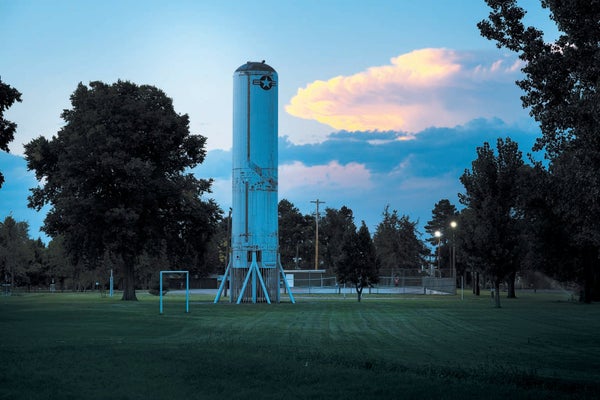The point of the thing was to forever change our concept of power. When the U.S. military assembled a team of scientists, led by physicist J. Robert Oppenheimer, to build a nuclear bomb during World War II with the hope of beating the Nazis to such a terrible creation, many of those involved saw their efforts as a strange kind of civic destiny. The Manhattan Project, wrote Richard Rhodes, Pulitzer-winning author of The Making of the Atomic Bomb, was “compelled from the beginning not by malice or hatred but by hope for a better world.” Oppenheimer himself once said, “The atomic bomb was the turn of the screw. It made the prospect of future war unendurable. It has led us up those last few steps to the mountain pass; and beyond there is a different country.”
We live in that different country now, one in which it is assumed that the presence of nuclear weapons makes their use impossible. If one nation strikes, the thinking goes, we are all obliterated.
As recently as 15 years ago, the sentiment of nonproliferation seemed durable. Even American secretaries of state who held office during the cold war were advocating for the final drawdown of atomic weapons. Former president Barack Obama, when he took office in 2009, wanted a world without them and pushed a new treaty with Russia to limit the number of deployed warheads in each country's arsenal. But after decades of efforts to disarm global powers and reduce tensions, the screw is now tightening again. Russia has suspended its participation in the treaty, and it's believed that China is increasing the size of its arsenal.
And even while the U.S. was preparing to draw down its total number of nuclear warheads, it sought to replace its existing weapons and modernize its delivery mechanisms. The weapons, which had been designed decades ago, were aging, and their upkeep cost hundreds of millions of dollars a year. In 2010 Congress authorized an update to the U.S. nuclear triad, the weapons systems deployable by land, sea and air.
No leg of the triad is as controversial as the intercontinental ballistic missile (ICBM) system, the arsenal of hundreds of weapons spread across 450 underground silos in Montana, North Dakota, Wyoming, Colorado and Nebraska. Because the missiles sit in fixed locations—unlike submarines or aircraft—they are seen as potentially vulnerable to attack; because they are considered first-strike weapons, concerns linger that one could be inadvertently launched; because of their geographic sprawl, they have an outsize impact on land use and energy policy. In 2015, two years before General James Mattis was confirmed as U.S. secretary of defense, he suggested to the Senate Armed Services Committee that the military consider removing land-based missiles altogether.
But around the same time, the Air Force Nuclear Weapons Center requested the design and construction of a new missile. The contractor Northrop Grumman bid on it and won, and by 2021 Congress had authorized the first investments in an updated nationwide ICBM system, which is now called Sentinel. Like the Minuteman III missiles currently in the ground, the Sentinel missiles will be capable of making a graceful parabolic arc through the heavens to any place on Earth in order to destroy it. The $100 billion that will go to Sentinel represents only the first step of what is anticipated to be a $1.5-trillion investment in the triad, all of which is predicated on ramping up production of new plutonium pits, the deadly metallic hearts of nuclear warheads.

Whether the U.S. is turning the screw a little tighter to assure allies in the wake of Russia's newly aggressive stance and rising Chinese power or merely furthering a profitable, decades-old militarized political agenda depends on whom you ask. Either way, the upshot is clear. “I expect the coming decades are going to be a boom time for the nuclear weapons industry,” says Jeffrey Lewis, a nonproliferation expert and professor at the Middlebury Institute of International Studies at Monterey, Calif.
Robert Webster, deputy director of weapons at Los Alamos National Laboratory in New Mexico, told me that Americans have lost their fluency in nuclear weapons—that is, because of decades of relative stability, we've forgotten how to think about them. “You need everybody in the world to be on the same level of understanding so you can maintain this deterrence,” he says. But global powers treat nuclear weapons as bargaining chips, and history shows that one country's escalation follows its rivals'. The worst-case scenario is apocalyptic. Even if an uneasy peace persists, we know from experience that a nuclear buildup—warhead production and the radioactive shadow it leaves behind—changes a place. “There's a cost of entry to being a nuclear country,” Webster says.
It may be more accurate to say there are many costs to entry, both immediate and lasting. Since the advent of plutonium production, less than a century ago, some parts of the U.S. have borne more of those costs than others. This past summer I drove to the city that's still making the weapons it was supposed to eradicate the need for; to the plains where nuclear missiles control local economies; to a mine 2,000 feet underneath the desert floor where much of America's plutonium waste from weapons production goes to rest. My hope was to hear from people who live in those communities to better understand where that era has left them as we teeter on the edge of a new arms race. The tour started an hour away from my house, at the birthplace and spiritual home of America's nuclear weapons. “Los Alamos,” says a sign at the edge of town, “where discoveries are made!”
LOS ALAMOS NATIONAL LAB, N.M.—The place looks staged, like a film set designed to represent a badly aging American suburb: the neat tan buildings, the security gates, the white domes resembling circus tents that house vessels full of plutonium waste. On a mesa backdropped by the Jemez Mountains, the place now known as Los Alamos National Laboratory (LANL) and the surrounding town were created during World War II, when the government acquired a boys' school and land from homesteaders and Indigenous people on the Pajarito Plateau. The plateau sits above steep canyons and arroyos that plummet to the valley floor and the Rio Grande, New Mexico's primary artery.
According to Raymond Martinez, director of the Department of Environmental and Cultural Preservation at the Pueblo de San Ildefonso, which borders the lab, the tribe provided the government land for the war effort, with an understanding: “As far as our knowledge and our history that has been shared with us, and the information that we have found so far, once the project was done, the land was supposed to be returned,” he said.








